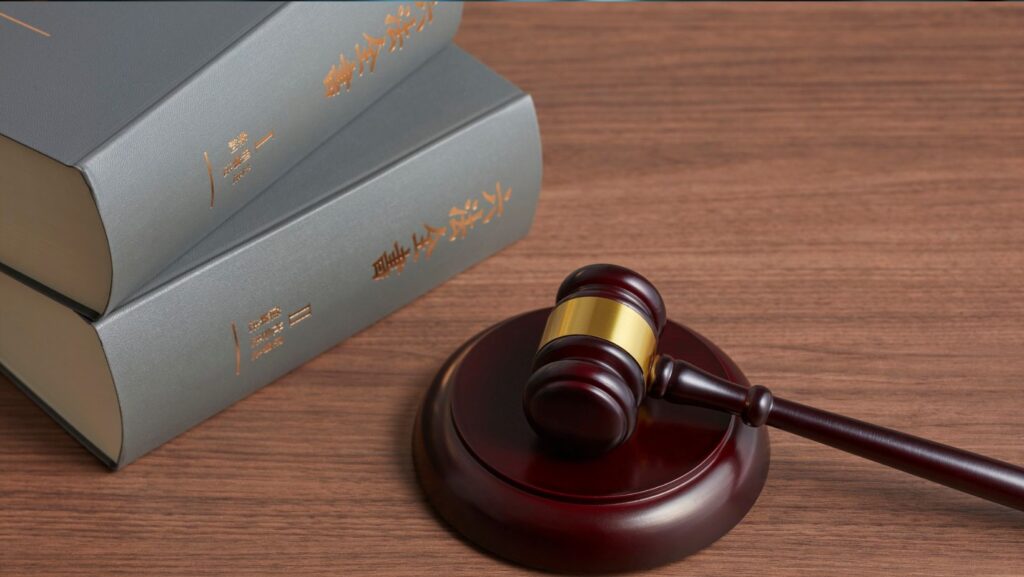
Feeling like defending what belongs to you, but you haven’t got time to wait months until the court gives you the verdict? You may require an injunction, which is the legal form of halting. Maybe a person is threatening your property, business, or rights, and an injunction is a quick way of getting you some legal protection before the matter goes out of control.
But how do you apply one without being engulfed in legal terms? That’s what this guide’s for, no fancy legal mumbo jumbo, just the real deal, step by step. From getting the evidence to presenting your petition and appearing in court, we have you all covered. In case you have considered trying the legal brakes, this blog will demonstrate how to do it intelligently.
When Should You Consider Filing One?
You do not need to apply for injunction in every case, but certain instances require swift legal support. These are simple indicators that can tell you whether you should act fast when something desperate is going down and you require protection immediately:
Ongoing Harm
When actions of an individual are harming your property, brand, or rights, an injunction can stem the flow quickly, before things get any more out of control or before it evolves to become harder to redress.
Contract Breach
When one of the parties breaks a signed agreement, which cannot be dismissed without severe business repercussions, an injunction can put both parties on hold until you resolve matters legally and safeguard your positions.
IP Theft
In case that copyrighted material, trademarks, or trade secrets are being misused or plagiarised, it can be ordered by the court to direct the other party to stop the activity immediately, lest more losses be inflicted.
Property Disputes
In cases of unlawful occupancy, alteration, or sale of property by an individual, an injunction will put the circumstances in stasis while they are legally resolved in court.
Urgent Threats
In case a person is threatening to do something immediately, such as transfer your assets, release a new product, or slander you on social media, an injunction may forestall damage that would otherwise have been irreversible, allowing you more time to construct a longer-term legal argument.
Business Sabotage
Rivals or former partners attempting to steal clients, spread misinformation, or sabotage professional relationships? An injunction will be useful in putting it off and securing your brand in real time. As noted in Gibson Dunn’s 2025 UK employment update, courts continue to enforce swift legal measures like injunctions to protect business interests.
Step-by-Step Guide to Filing an Injunction
Hire a Lawyer
A seasoned attorney will look into your case, verify whether an injunction is the proper step, and go through the legal work so that nothing is rejected or withdrawn in court.
Collect Evidence
You will have to have harsh, unmistakable evidence of harm being experienced or nearly experienced. Compile emails, pictures, contracts, or anything that can prove to the court that emergency action should be taken.
Draft Your Petition
Your attorney will draft a formal petition outlining the circumstances, the injury, and what you would have the judge halt or mandate via the injunction.

File with the Court
Present your petition in the proper court of law, in most instances, the court where the issue occurred. An important aspect to avoid delay or dismissal of your case is to get the jurisdiction right.
Serve the Other Party
Serve the person or organisation against whom you are taking the suit. They are entitled to hear and be heard, failure to do so, the court will not proceed with your application.
Attend the Hearing
You will have to appear and state your case. Be calm, assertive, and prepared that the other side will be opposing the injunction.
Wait for the Decision
The judge has the authority to deny, approve, or modify your request. Provided it is granted, the injunction becomes effective forthwith, and the other party must adhere to the mandate or ‘pay the price.
Follow Up as Needed
The temporary injunctions are not indefinite. You might be requested to seek an extension or be ready to undergo a complete trial to formalise the order. Be vigilant and proactive.
How Long Does It Take?
TRO Filing
Temporary Restraining Order may also be filed and reviewed between 24-48 hours. It is meant to be used in case of emergencies where there is no alternative but to act.
TRO Decision
TROs are usually decided at courts with considerable speed, sometimes on the same day or within a few days, particularly in a case where immediate danger of damages might occur without the prompt judicial review.
Preliminary Injunction
The application of a preliminary injunction takes longer and takes an average of 2 or 3 weeks. A hearing is held by courts, and both parties are considered and evaluated to provide a lasting order.
Permanent Injunction
This occurs after a complete trial that may last months or a year. It is bestowed after all the facts are considered and all the legal arguments are looked into in detail.
Service & Notice
Such a procedure of sending legal papers to the other party takes several days, depending on the location. Such a requirement must be undertaken before the continued forwarding or scheduling of a hearing.
Court Scheduling
Hearings are based on the calendar of court. The busy jurisdictions will experience delays in setting a date, although urgent cases are normally given a higher priority and faster scheduling.
Conclusion
Seeking an injunction may be an intense process and not one to enter lightly, but properly guided and with the proper counsel, it can be an effective instrument to enforce your rights, your business, and your general sanity.















